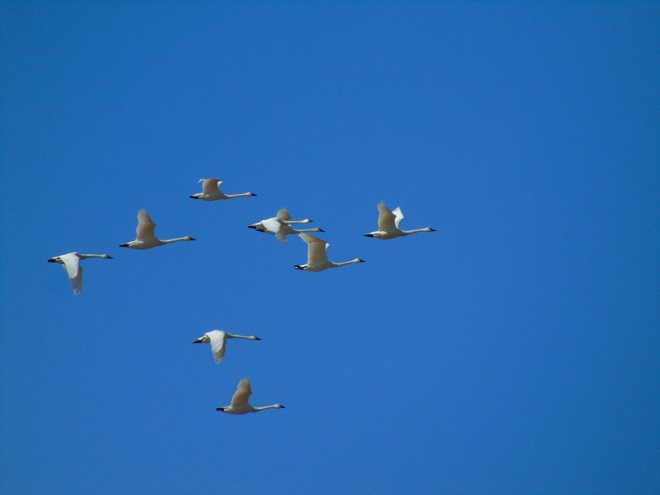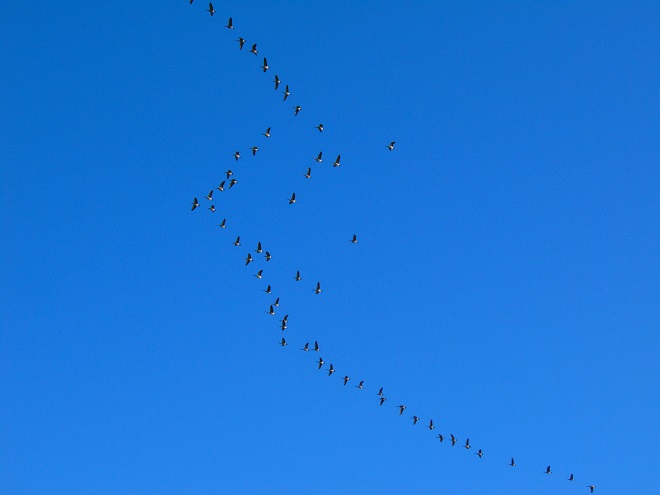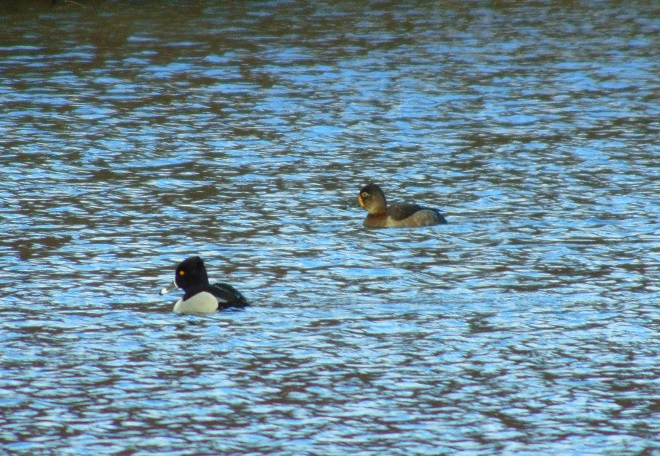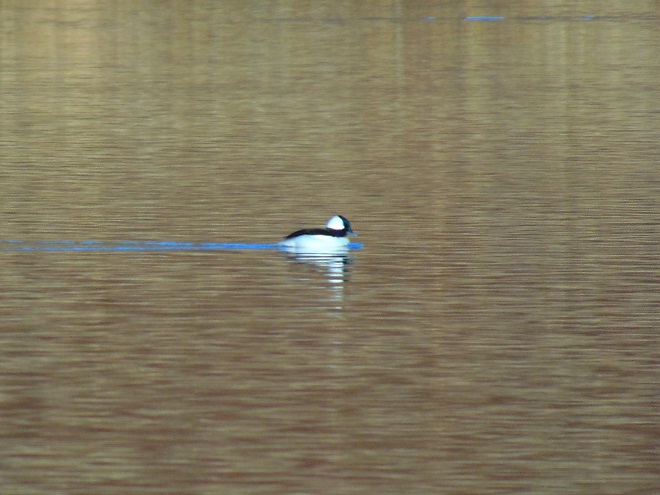Though soggy, windy, and rainy, it happened to be a delightfully mild day to search for migrating waterfowl in the Lower Susquehanna River Watershed. Here’s a look at what we found temporarily grounded by the poor flight conditions…

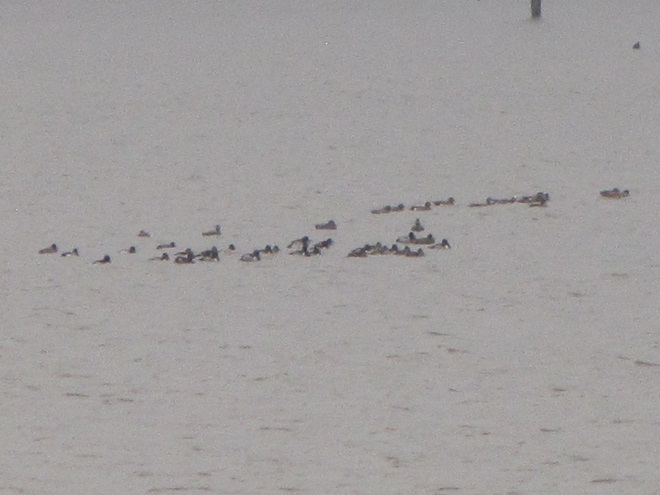

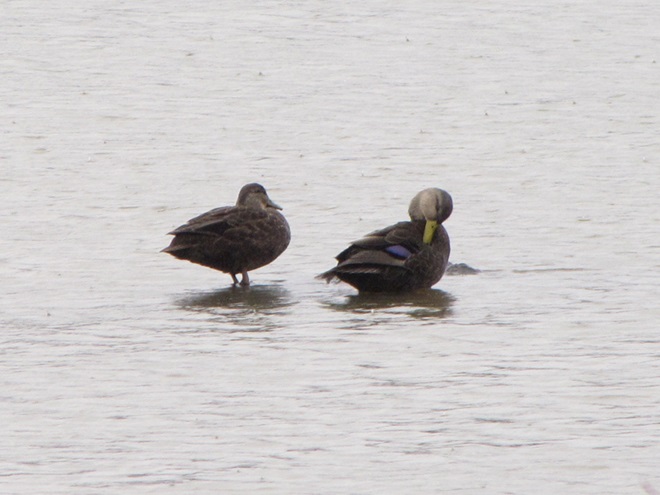



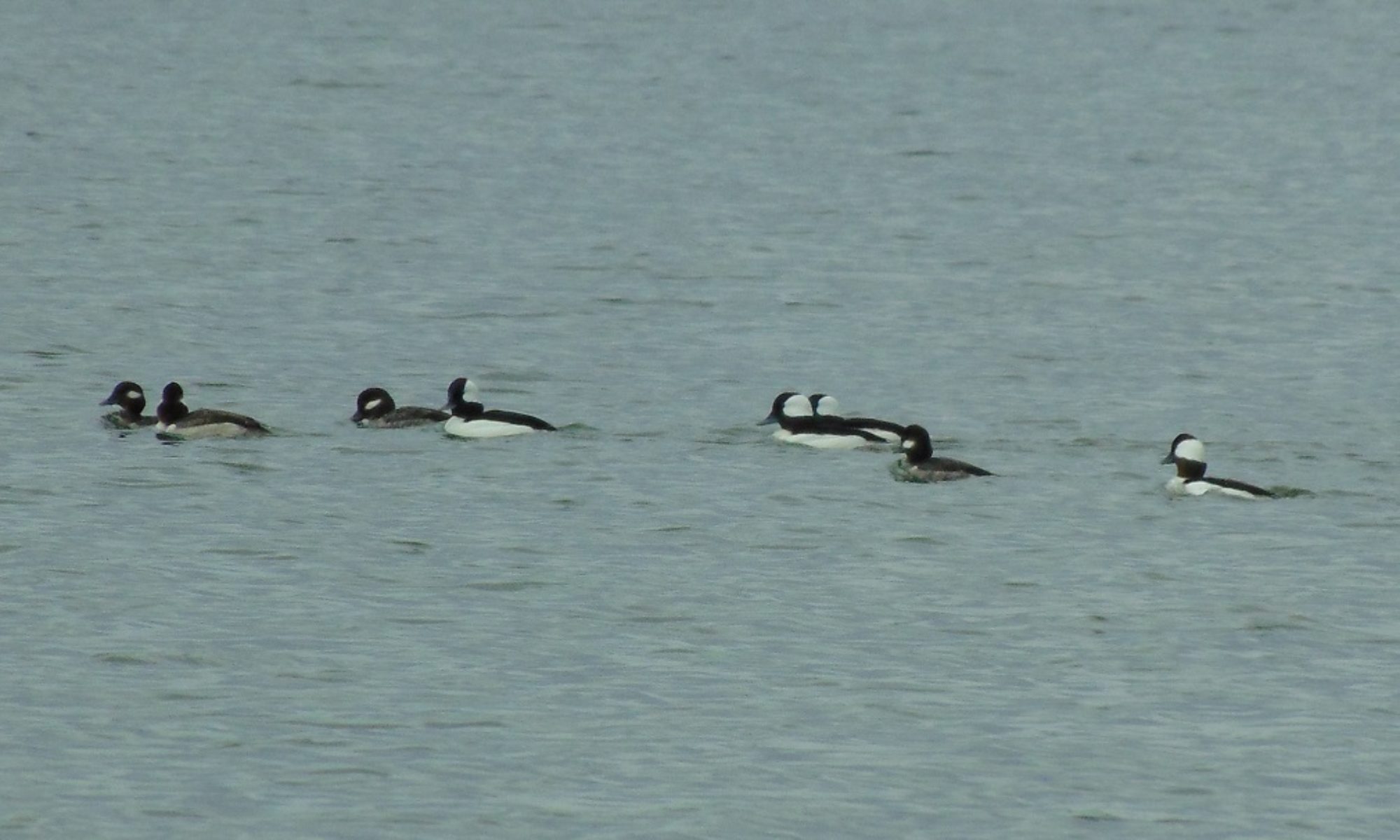
LIFE IN THE LOWER SUSQUEHANNA RIVER WATERSHED
A Natural History of Conewago Falls—The Waters of Three Mile Island
Though soggy, windy, and rainy, it happened to be a delightfully mild day to search for migrating waterfowl in the Lower Susquehanna River Watershed. Here’s a look at what we found temporarily grounded by the poor flight conditions…







Trying to get a favorable place to nest before others arrive, the “early birds” are presently racing north through the lower Susquehanna valley. Check out these sightings from earlier today…





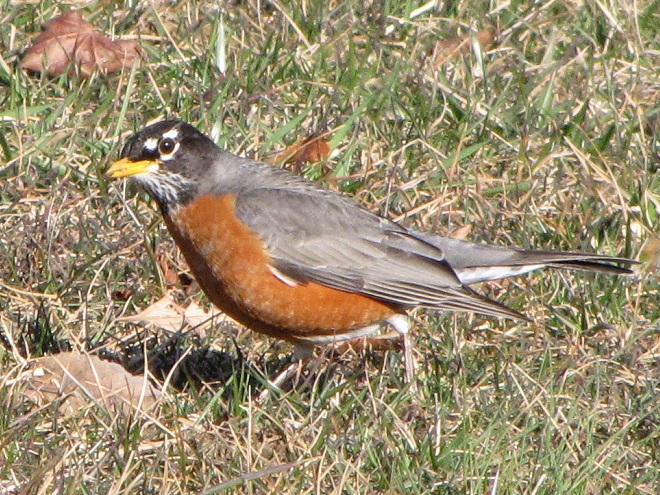

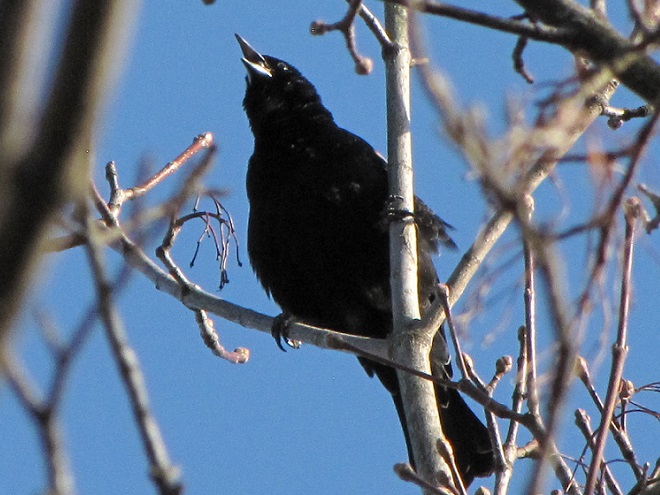
Time to get outside and have a look. The spectacle of spring migration passes quickly. You don’t want to miss it!
In late March and early April, a rainy night and fog at daybreak can lead to an ideal morning for spotting migratory waterfowl and seabirds during their layover on the lower Susquehanna. Visibility was just good enough to spot these birds at Harrisburg, Pennsylvania, most of them feeding at midriver.
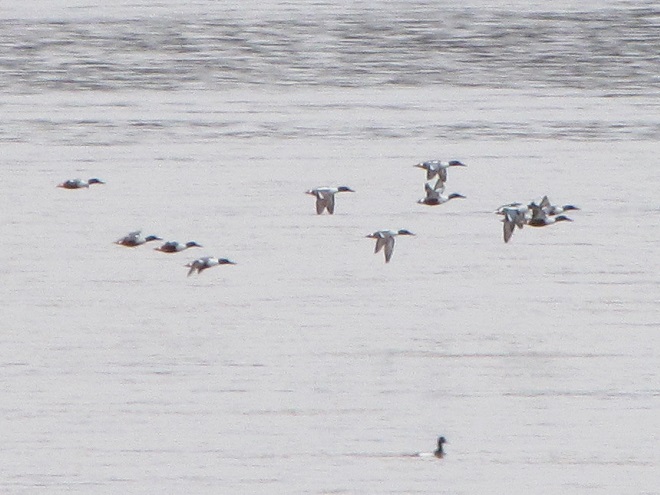




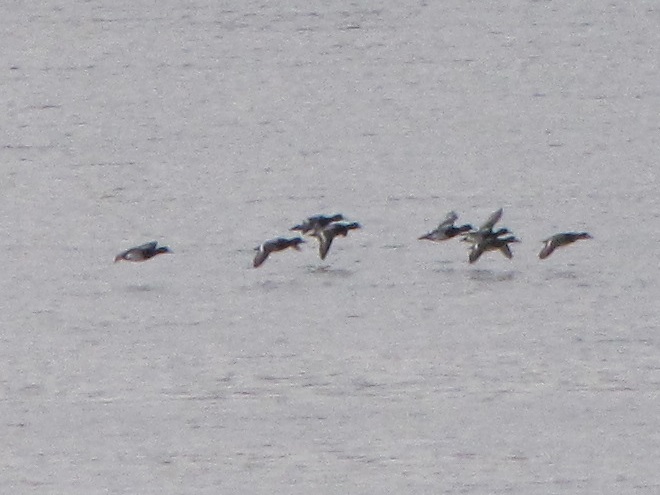


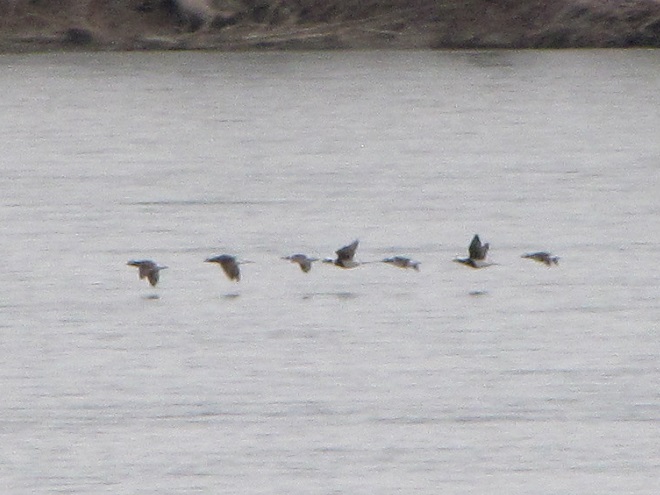





With large crowds of observers stopping by at the Pennsylvania Game Commission’s Middle Creek Wildlife Management Area to view the thousands of migrating Snow Geese and Tundra Swans there, you may not notice the smaller but just as enthusiastic crowd gathering at the refuge to see a single, rather inconspicuous waterfowl, a male Tufted Duck (Aythya fuligula). This extraordinarily rare visitor has been on the refuge for at least two weeks now. The Tufted Duck, a diving benthic feeder, is native to Europe and Asia, but this vagrant individual seems to be comfortable in the company of its North American counterparts, a flock of Ring-necked Ducks. Birders known as “listers” relish the chance to see such an unusual find. Many are traveling from bordering states for a chance to add it to their list of species observed during their lifetime—their “life list”.

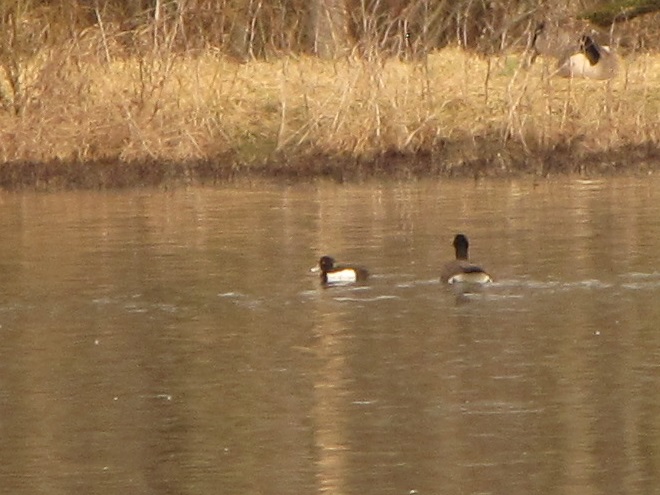

Want to start a “life list” of bird sightings? Just get out a piece of paper or start a document on your computer and jot down the name of the bird and the date and location where you saw it for the first time. That’s all there is to it. Beginning a “life list” can be the start of a lifelong passion. And a Tufted Duck wouldn’t be too shabby as the first “lifer” on your list.
It’s that time—Snow Goose numbers are peaking at Middle Creek Wildlife Management Area in Lancaster/Lebanon Counties.





With plenty of open water on the main lake and no snow cover on the fields where they graze, Snow Geese have begun arriving at Middle Creek Wildlife Management Area in Lancaster/Lebanon Counties. As long as our mild winter weather continues, more can be expected to begin moving inland from coastal areas to prepare for their spring migration and a return to arctic breeding grounds.
You probably need a break from being indoors all month, so why not get out and have a look?
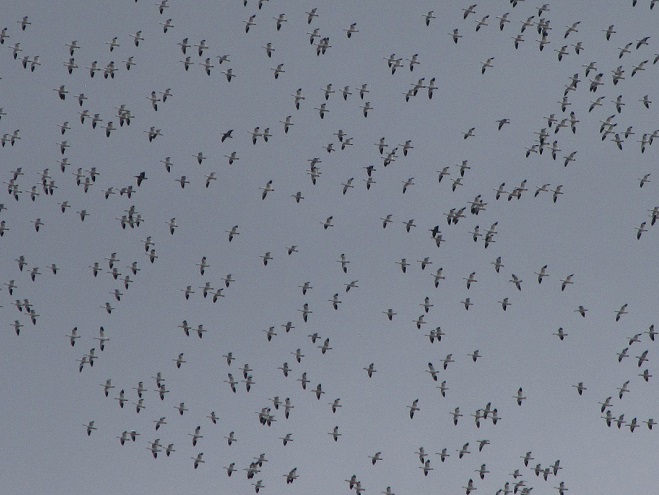



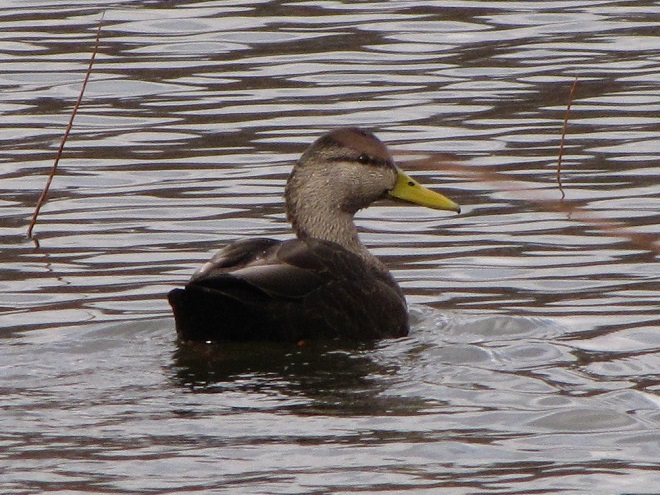

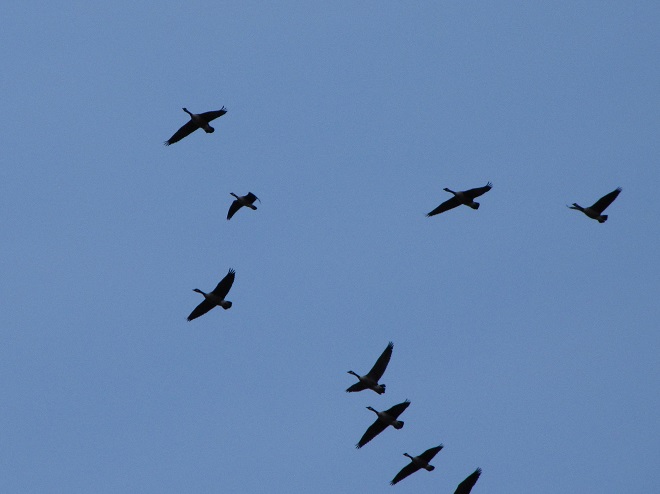
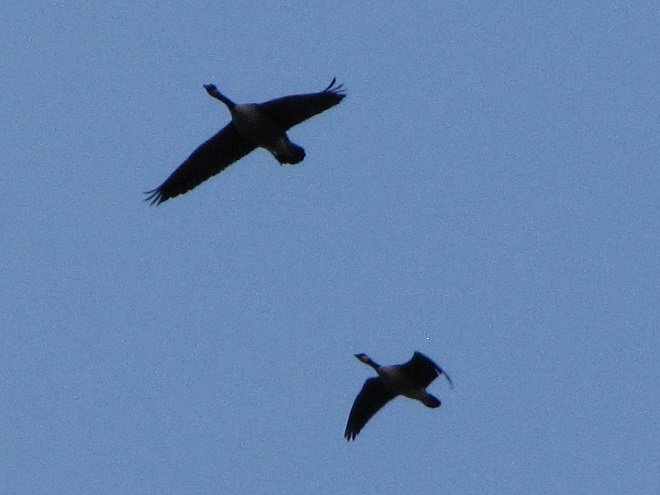
Don’t just sit there—don your coat, grab a pair of binoculars, and get out and have a gander!
You say you really don’t want to take a look back at 2020? Okay, we understand. But here’s something you may find interesting, and it has to do with the Susquehanna River in 2020.
As you may know, the National Weather Service has calculated the mean temperature for the year 2020 as monitored just upriver from Conewago Falls at Harrisburg International Airport. The 56.7° Fahrenheit value was the highest in nearly 130 years of monitoring at the various stations used to register official climate statistics for the capital city. The previous high, 56.6°, was set in 1998.
Though not a prerequisite for its occurrence, record-breaking heat was accompanied by a drought in 2020. Most of the Susquehanna River drainage basin experienced drought conditions during the second half of the year, particularly areas of the watershed upstream of Conewago Falls. A lack of significant rainfall resulted in low river flows throughout late summer and much of the autumn. Lacking water from the northern reaches, we see mid-river rocks and experience minimal readings on flow gauges along the lower Susquehanna, even if our local precipitation happens to be about average.
Back in October, when the river was about as low as it was going to get, we took a walk across the Susquehanna at Columbia-Wrightsville atop the Route 462/Veteran’s Memorial Bridge to have a look at the benthos—the life on the river’s bottom.

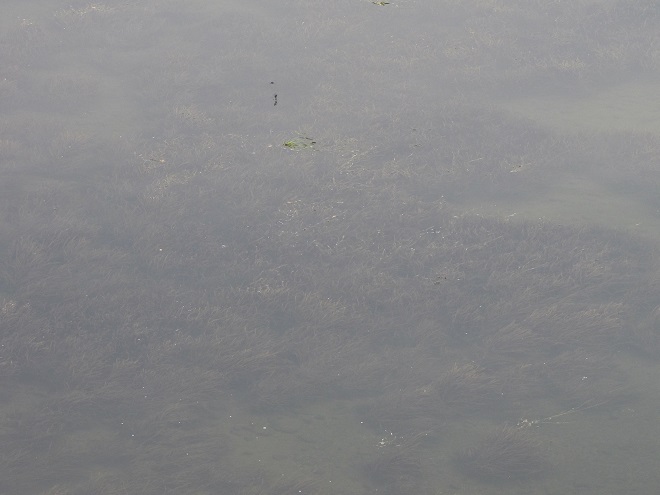

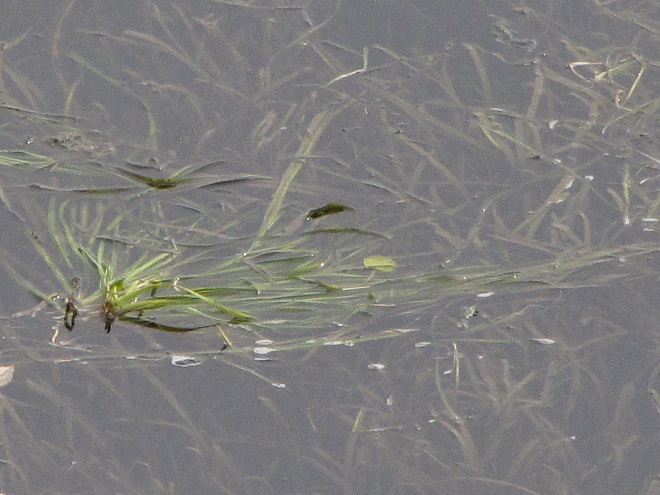

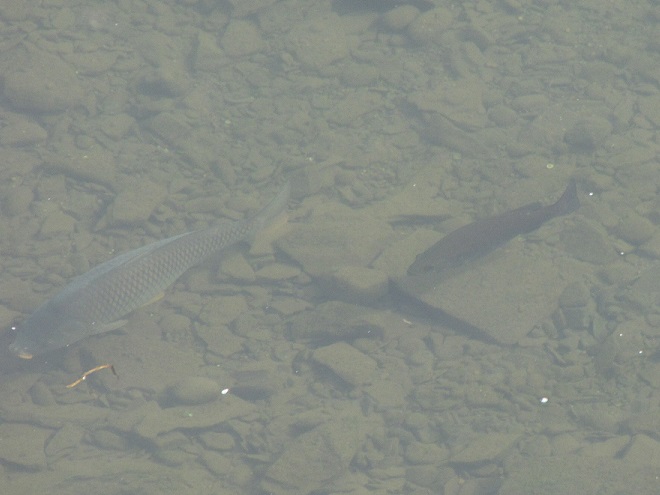
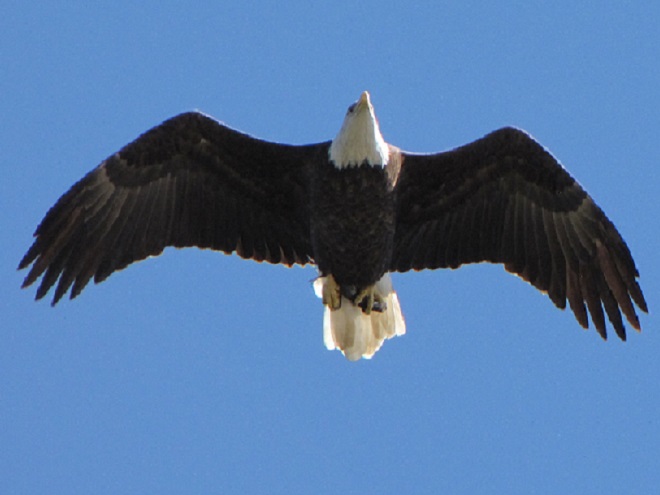
These improvements in water quality and wildlife habitat can have a ripple effect. In 2020, the reduction in nutrient loads entering Chesapeake Bay from the low-flowing Susquehanna may have combined with better-than-average flows from some of the bay’s lesser-polluted smaller tributaries to yield a reduction in the size of the bay’s oxygen-deprived “dead zones”. These dead zones typically occur in late summer when water temperatures are at their warmest, dissolved oxygen levels are at their lowest, and nutrient-fed algal blooms have peaked and died. Algal blooms can self-enhance their severity by clouding water, which blocks sunlight from reaching submerged aquatic plants and stunts their growth—making quantities of unconsumed nutrients available to make more algae. When a huge biomass of algae dies in a susceptible part of the bay, its decay can consume enough of the remaining dissolved oxygen to kill aquatic organisms and create a “dead zone”. The Chesapeake Bay Program reports that the average size of this year’s dead zone was 1.0 cubic miles, just below the 35-year average of 1.2 cubic miles.
Back on a stormy day in mid-November, 2020, we took a look at the tidal freshwater section of Chesapeake Bay, the area known as Susquehanna Flats, located just to the southwest of the river’s mouth at Havre de Grace, Maryland. We wanted to see how the restored American Eelgrass beds there might have fared during a growing season with below average loads of nutrients and life-choking sediments spilling out of the nearby Susquehanna River. Here’s what we saw.
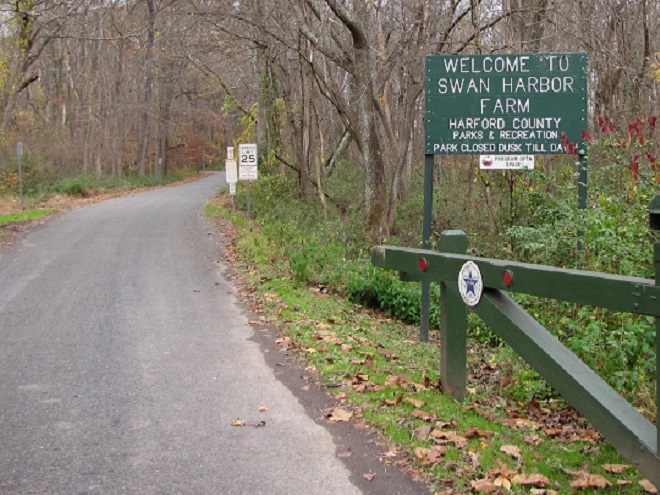



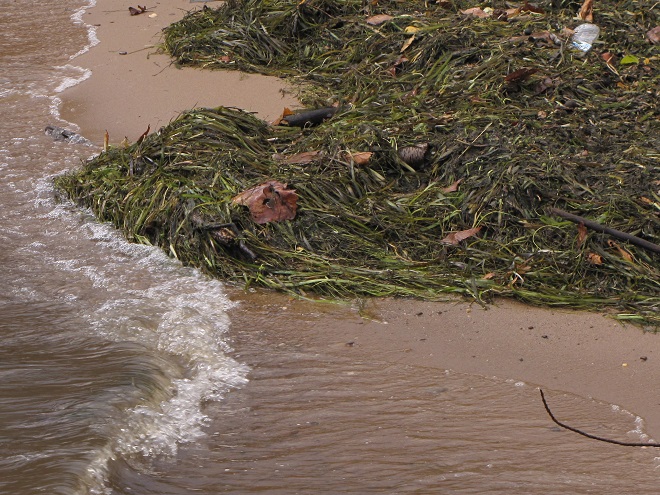


We noticed a few Canvasbacks (Aythya valisineria) on the Susquehanna Flats during our visit. Canvasbacks are renowned as benthic feeders, preferring the tubers and other parts of submerged aquatic plants (a.k.a. submersed aquatic vegetation or S.A.V.) including eelgrass, but also feeding on invertebrates including bivalves. The association between Canvasbacks and eelgrass is reflected in the former’s scientific species name valisineria, a derivitive of the genus name of the latter, Vallisneria.
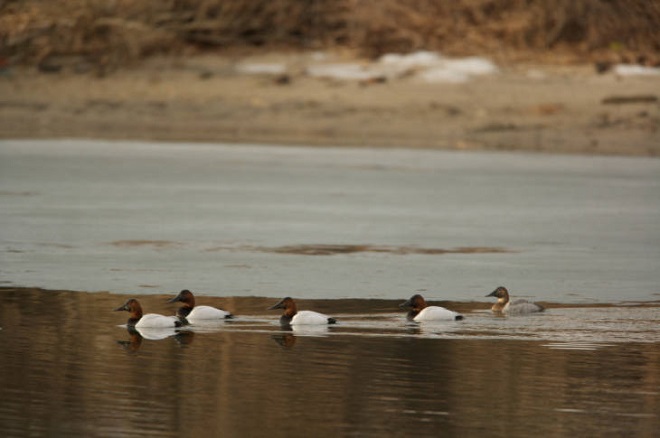
The plight of the Canvasback and of American Eelgrass on the Susquehanna River was described by Herbert H. Beck in his account of the birds found in Lancaster County, Pennsylvania, published in 1924:
“Like all ducks, however, it stops to feed within the county less frequently than formerly, principally because the vast beds of wild celery which existed earlier on broads of the Susquehanna, as at Marietta and Washington Borough, have now been almost entirely wiped out by sedimentation of culm (anthracite coal waste). Prior to 1875 the four or five square miles of quiet water off Marietta were often as abundantly spread with wild fowl as the Susquehanna Flats are now.”
Beck quotes old Marietta resident and gunner Henry Zink:
“Sometimes there were as many as 500,000 ducks of various kinds on the Marietta broad at one time.”
The abundance of Canvasbacks and other ducks on the Susquehanna Flats would eventually plummet too. In the 1950s, there were an estimated 250, 000 Canvasbacks wintering on Chesapeake Bay, primarily in the area of the American Eelgrass, a.k.a. Wild Celery, beds on the Susquehanna Flats. When those eelgrass beds started disappearing during the second half of the twentieth century, the numbers of Canvasbacks wintering on the bay took a nosedive. As a population, the birds moved elsewhere to feed on different sources of food, often in saltier estuarine waters.
Canvasbacks were able to eat other foods and change their winter range to adapt to the loss of habitat on the Susquehanna River and Chesapeake Bay. But not all species are the omnivores that Canvasbacks happen to be, so they can’t just change their diet and/or fly away to a better place. And every time a habitat like the American Eelgrass plant community is eliminated from a region, it fragments the range for each species that relied upon it for all or part of its life cycle. Wildlife species get compacted into smaller and smaller suitable spaces and eventually their abundance and diversity are impacted. We sometimes marvel at large concentrations of birds and other wildlife without seeing the whole picture—that man has compressed them into ever-shrinking pieces of habitat that are but a fraction of the widespread environs they once utilized for survival. Then we sometimes harass and persecute them on the little pieces of refuge that remain. It’s not very nice, is it?
By the end of 2020, things on the Susquehanna were getting back to normal. Near normal rainfall over much of the watershed during the final three months of the year was supplemented by a mid-December snowstorm, then heavy downpours on Christmas Eve melted it all away. Several days later, the Susquehanna River was bank full and dishing out some minor flooding for the first time since early May. Isn’t it great to get back to normal?




SOURCES
Beck, Herbert H. 1924. A Chapter on the Ornithology of Lancaster County, Pennsylvania. The Lewis Historical Publishing Company. New York, NY.
White, Christopher P. 1989. Chesapeake Bay, Nature of the Estuary: A Field Guide. Tidewater Publishers. Centreville, MD.
Fog and mist lingered throughout the day, as did the migratory water birds on the river and lakes in the lower Susquehanna valley. As a continuation of yesterday’s post on the fallout, here’s a photo tour of some of the sites where ducks, loons, grebes, and other birds have gathered.

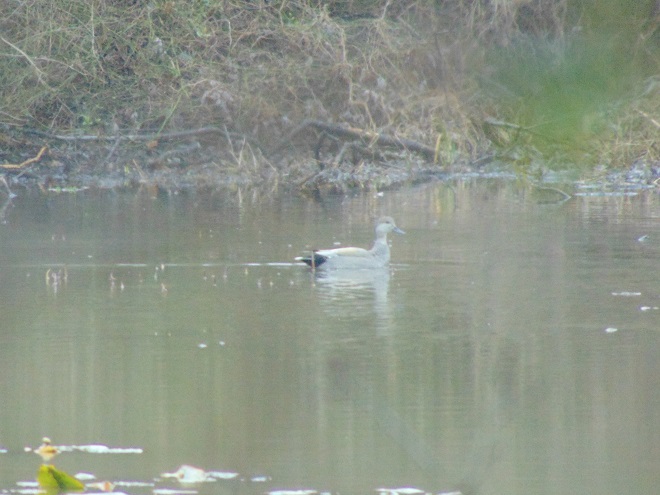

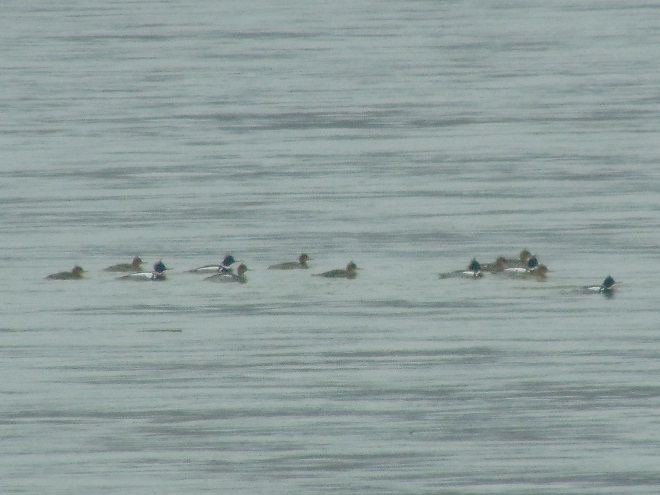
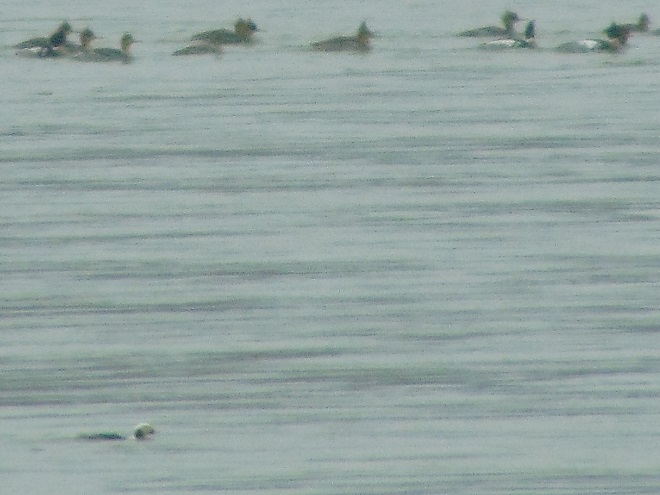

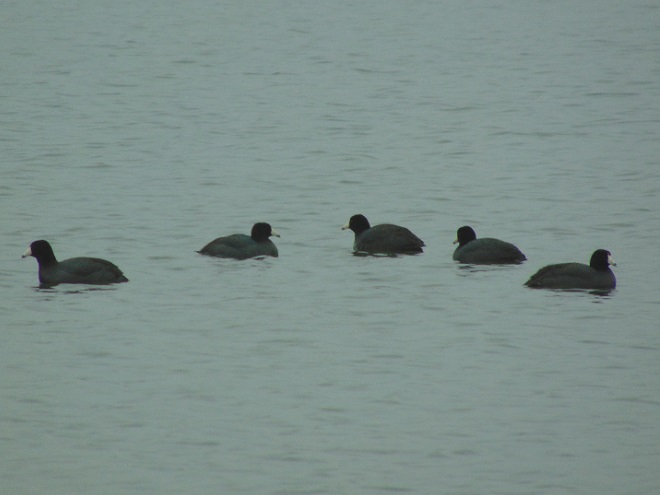
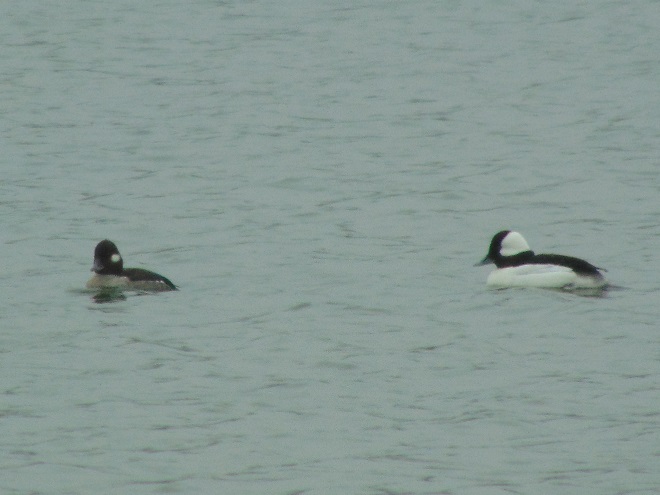


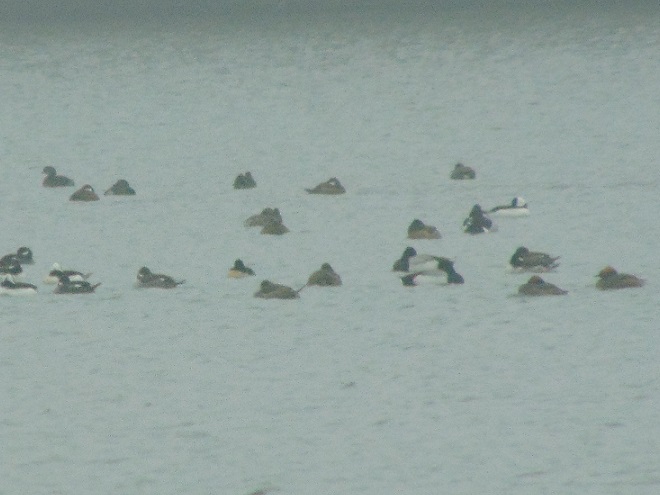
Stormy weather certainly is a birder’s delight.
The mild winter has apparently minimized weather-related mortality for the local Green Frog population. With temperatures in the seventies throughout the lower Susquehanna valley for this first full day of spring, many recently emerged adults could be seen and, on occasion, heard. Yellow-throated males tested their mating calls—reminding the listener of the sound made by the plucking of a loose banjo string.
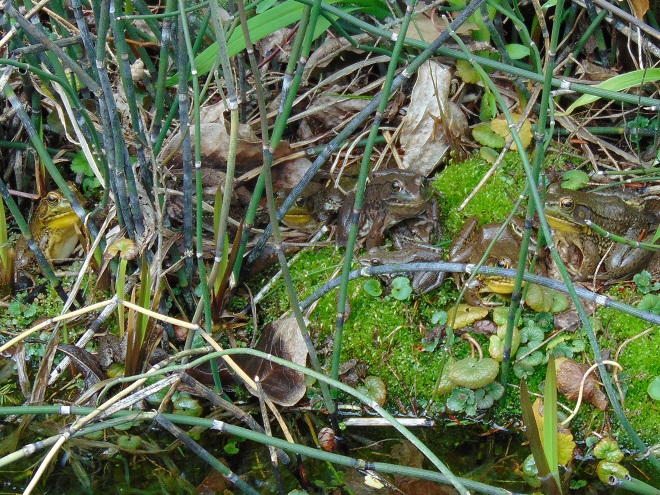
If you venture out, keep alert for the migrating birds of late winter and early spring.
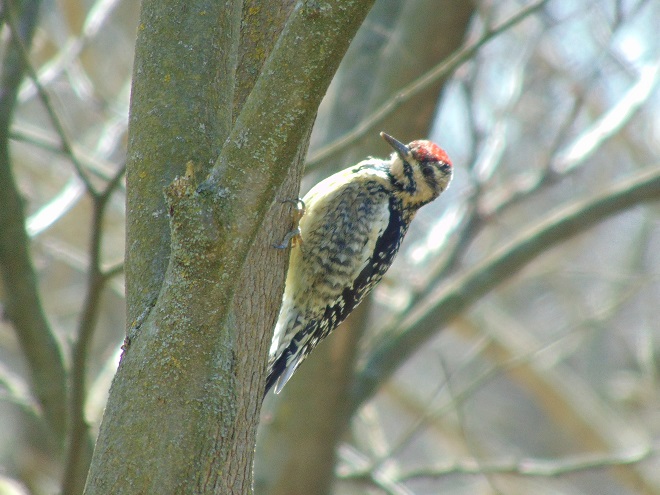
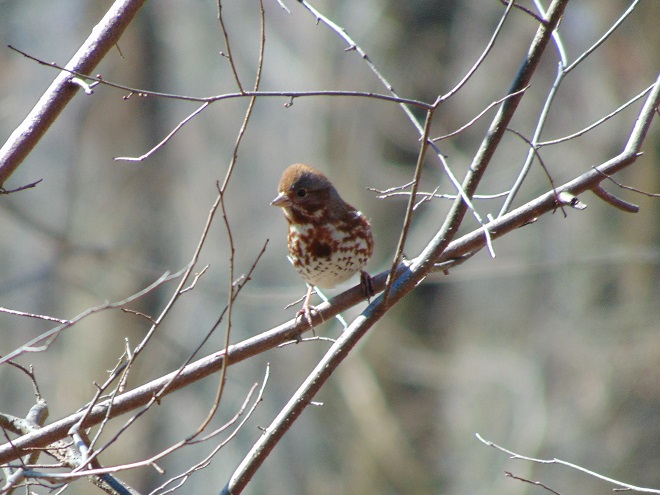

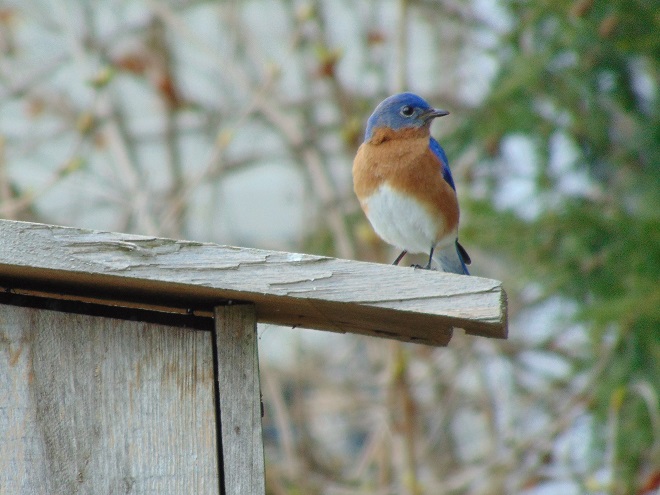
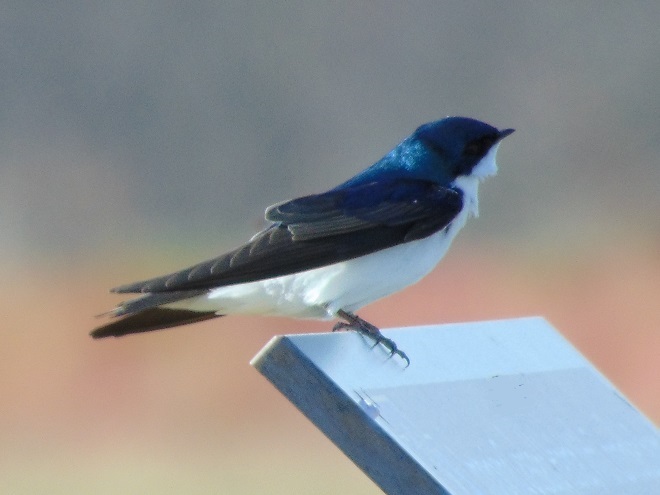


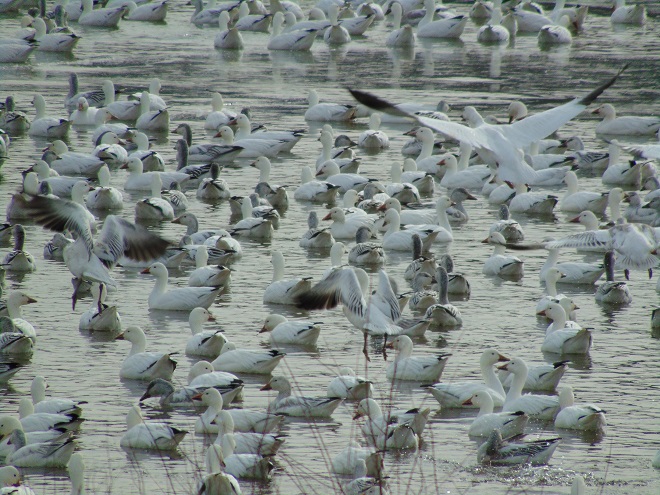
If you’re staying close to home, be sure to check out the changing appearance of the birds you see nearby. Some species are losing their drab winter basic plumage and attaining a more colorful summer breeding alternate plumage.

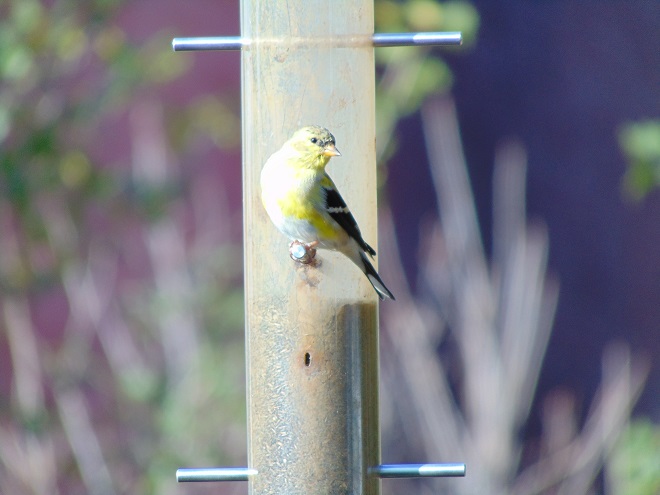
So just how many Green Frogs were there in that first photograph? Here’s the answer.
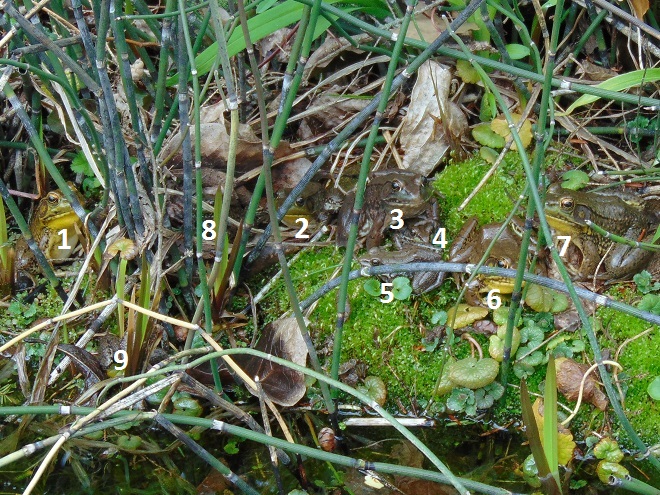
Happy Spring. For the benefit of everyone’s health, let’s hope that it’s a hot and humid one!
You remember the signs of an early spring, don’t you? It was a mild, almost balmy, February. The earliest of the spring migrants such as robins and blackbirds were moving north through the Lower Susquehanna River Watershed. The snow had melted and ice on the river had passed. Everyone was outdoors once again. At last, winter was over and only the warmer months lie ahead…beginning with March.
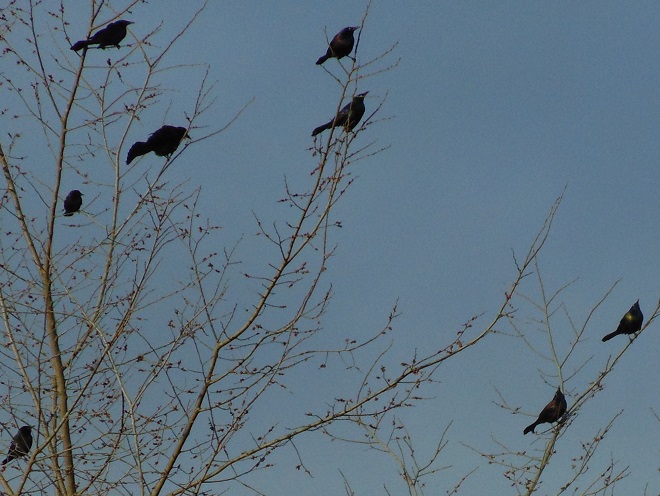
Ah yes, March, the cold windy month of March. We remember February fondly, but this March has startled us out of our vernal daydreams to wrestle with the reality of the season. And if you’re anywhere near the Mid-Atlantic states on this first full day of spring, you know that a long winter’s nap and visions of sugar peas would be time better spent than a stroll outdoors. Presently it’s dusk, and the snow from the 4th “Nor’easter” in a month is a foot deep and still falling.
In honor of “The Spring That Was”, here then is a sampling of some of the migratory waterfowl that have found their way to the Lower Susquehanna River Watershed during March. Some are probably lingering and feeding for a while. All will move along to their breeding grounds within a couple of weeks, regardless of the weather.
